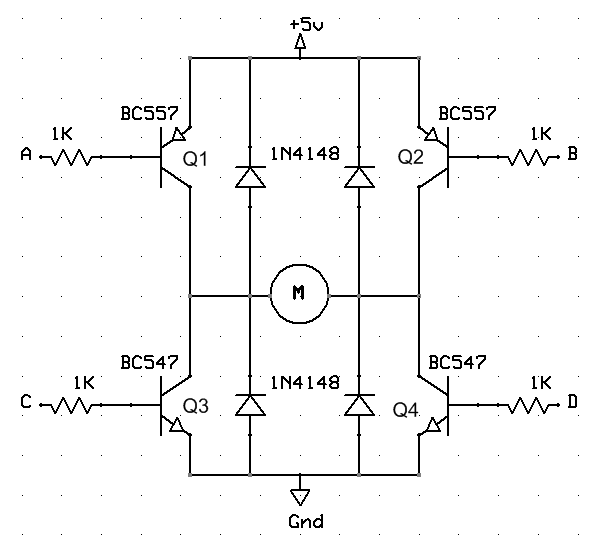Where have I been?
Junior year is a ton of work. I've been extremely busy.
What is the post about? (Super simple version)
Sometimes I want to make a salad.

For my definition of "salad" I have a set of ingredients with which I can make ANY salad I like, ingredients like lettuce, tomatoes, cucumbers...etc.
A recipe for any given salad is essentially a 'linear combination' of those ingredients, for example, 1 tomato, 2 heads lettuce, 4 drops vinegar, 1 lemon. I am scaling and adding things from my dictionary of salad ingredients to make my particular salad.
I may want to play with that list, deleting terms, scaling terms differently, or who knows what. I might just want to demonstrate to you how the salad begins to look more like the salad we want to have as we add more and more of the ingredients in.
I can do this with anything. Here, I do it with images, and I represent them as a linear combination of 'checkerboards.' For example, for one case, we have 64 different checkerboards, which look like this:

I could prepare any image if I had all of these 'checkerboard' ingredients. I could convince you that it was the same image even if I only had a few of those checkerboards available (specifically, imagine I ran out of the ones towards the bottom right...I really don't need them). That's the theory behind lossy image compression.
What is the post about? (Less simple version)
I'm taking the 2 dimensional DCT of 16x16 blocks of this image of a bunny rabbit, then picking and choosing which coefficients to keep before computing the inverse and reconstructing the image. Since M,N=16 so there are 256 basis images.
Some pdfs for your reading pleasure:
-
"Lab 6: the Discrete Cosine Transform"
-
JPEG Tutorial
-
Image Compression and the Discrete Cosine Transform
Results
Original Image:

DC Coefficient only
(the very first term, which is just the average value of the image part)

AC Coefficients only (everything else but the DC Coefficient)

Line Coefficients only (no 'checkerboards' -- 'stripe' coefficients only )

First Four 'Lowest Frequency' Coefficients
(the first 2x2 coefficients from top left)

No Horizontal Stripes

No Vertical Stripes
 I'll Do it Later
I'll Do it Later
1. To take the DCT of the whole image (not just a block at a time).
2. To make a animation showing the terms added in a sequential zig-zag, showing the reconstruction of the image from all basis vectors.
Time to start my homework.
-Shira
















